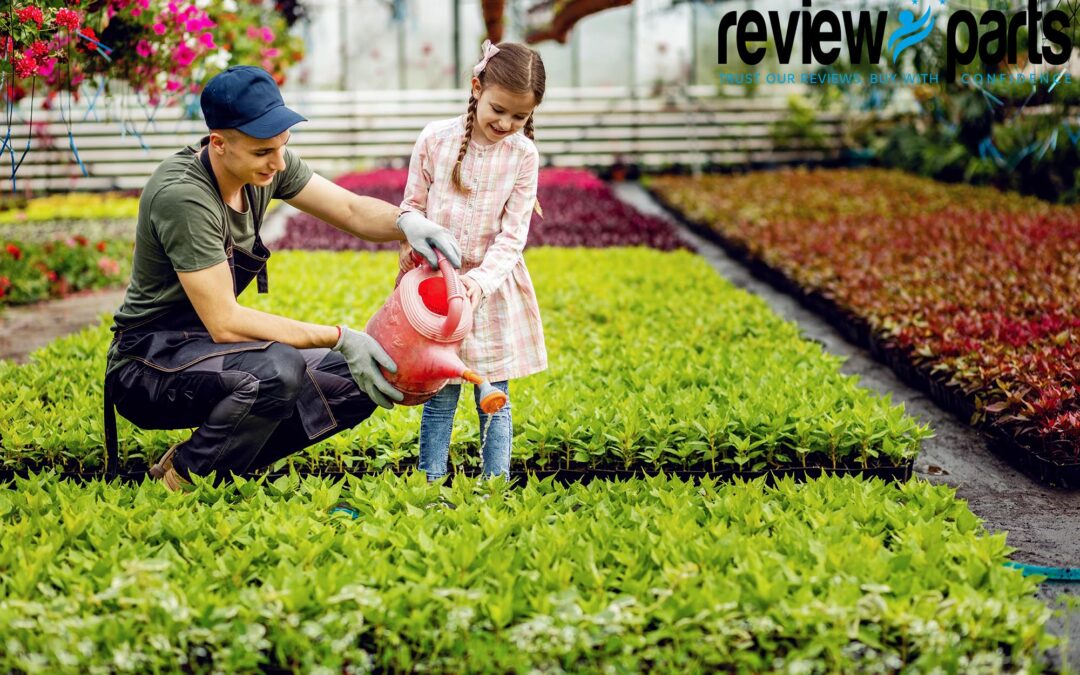A beautiful garden inside the house that fascinates everyone. But many people think that it takes a lot of work to make this garden. Simple rules or guidelines can make a great garden. Want to know how to design low-maintenance gardens? In this article, we will discuss how your space can turn into a fascinating garden.
When You Think About Low-Maintenance Gardening
Consider low-maintenance gardening in the following situations:
- limited time
- physical limitations,
- an aging population,
- second homes or vacation properties,
- conservation and sustainability,
- cost efficiency,
- and urban or small spaces.
If you match the above contents, then you will understand that you need to go to the garden for low- maintenance.
Should Start with a Well-Designed Layout
The layout is the foundation of gardening, follow these steps:
a) Simplify the Shape: Opt for clean, simple lines and minimalistic shapes to reduce the need for frequent trimming and shaping.
b) Functional Zones: Divide your garden into distinct zones based on usage, such as relaxation areas, play areas, or dining spaces. This helps in organizing the garden and streamlining maintenance efforts.
c) Incorporate hardscaping: Integrate hardscaping elements like pathways, patios, or decks to reduce the amount of space requiring regular maintenance. Using low-maintenance materials like gravel, mulch, or paving stones can minimize upkeep.
Choose Low Maintenance Plants:
Selecting the right plants is crucial to achieving a low-maintenance garden. Consider the following pointers:
a) Native Plants: Choose native plants that are well-suited to your climate and soil conditions. These plants are native to the local environment, requiring less water, fertilizer, and worm control.
c) Perennials and Evergreens: Focus on incorporating perennial plants and evergreen shrubs or trees. They offer year-round interest without the need for replanting or extensive pruning.
d) Ground Covers: Utilize ground covers to suppress weed growth, conserve soil moisture, and reduce maintenance. Options such as creeping thyme or ajuga can add visual appeal and minimize the need for mowing or weeding.
Now you will find 10 beautiful flowering plants that bring color and a good smell to your garden and also require a low-maintenance garden. These are- Coral Bells, Lavender, Ornamental Grasses, Hydrangea macrophylla, Dianthus, Lambs Ear, Alliums, Catmint, Hardy Geranium, Coneflowers, etc.
Implement Smart Irrigation Systems:
If the irrigation system is well maintained, you will save a lot of money on maintenance. Consider the following irrigation options:
a) Drip Irrigation: Install a drip irrigation system that delivers water directly to plant roots, minimizing water loss through evaporation and ensuring targeted hydration.
b) Rainwater Harvesting: Incorporate rainwater collection systems to utilize natural rainfall for watering your garden. This reduces reliance on municipal water sources and lowers utility costs.
c) Mulching: Apply a layer of organic mulch around plants to retain moisture, suppress weed growth, and protect the soil from temperature fluctuations. This minimizes the need for frequent watering.
Minimize Lawn Areas:
Lawns demand regular mowing, watering, and fertilizing. Reducing the size of your lawn or replacing it with alternative landscaping options can significantly decrease maintenance requirements. Consider incorporating the following alternatives:
a) Ground Covers: Replace some or all of the lawn with low-growing ground covers, such as clover or creeping thyme, which require less maintenance and water.
b) Ornamental Features: Install pathways, flower beds, or decorative elements like fountains or sculptures to add visual interest and minimize lawn space.
Simplify Maintenance Tasks:
Lastly, consider some additional steps to simplify maintenance efforts:
a) Group Plants by Similar Needs: Arrange plants with similar water and sunlight requirements together. This ensures efficient watering and reduces the risk of overwatering or underwatering.
b) Install Landscape Fabric: Use landscape fabric under mulch or gravel to suppress weed growth, preventing the need for frequent weeding.
c) Regular Monitoring and Controlling Pests: Implement preventive measures to control pests and diseases before they become major issues. Regularly inspect plants, and take appropriate action at the first sign of trouble.
Keep the Plants in Sufficient Light
Your plant in the garden will be normal but it needs enough sunlight and air for its care, some plants needed 7-8 hours of sunlight, if you provide enough sunlight for your garden, that will be reducing your maintenance work. And you also use some artificial light for your plants to grow.
Things to Avoid in a Low-Maintenance Garden
To create a low-maintenance garden, avoid the following:
- High-maintenance plants that require frequent care.
- Invasive plants can take over the garden.
- Excessive lawn areas that require regular maintenance.
- Plants with high water demands or water-related issues.
- Complex garden structures need frequent upkeep.
- Overcrowding plants leads to more maintenance.
- Poorly planned pathways that are challenging to maintain.
- Neglecting mulching, which increases weed growth and watering needs.
- High-maintenance features and structures.
- Implement effective weed control measures.
- Prepare the soil properly before planting.
- Minimize reliance on chemical inputs.
- Stick to a regular maintenance routine.
- Ensure proper plant placement for their specific needs.
By avoiding these, you can create an easier-to-maintain garden.

